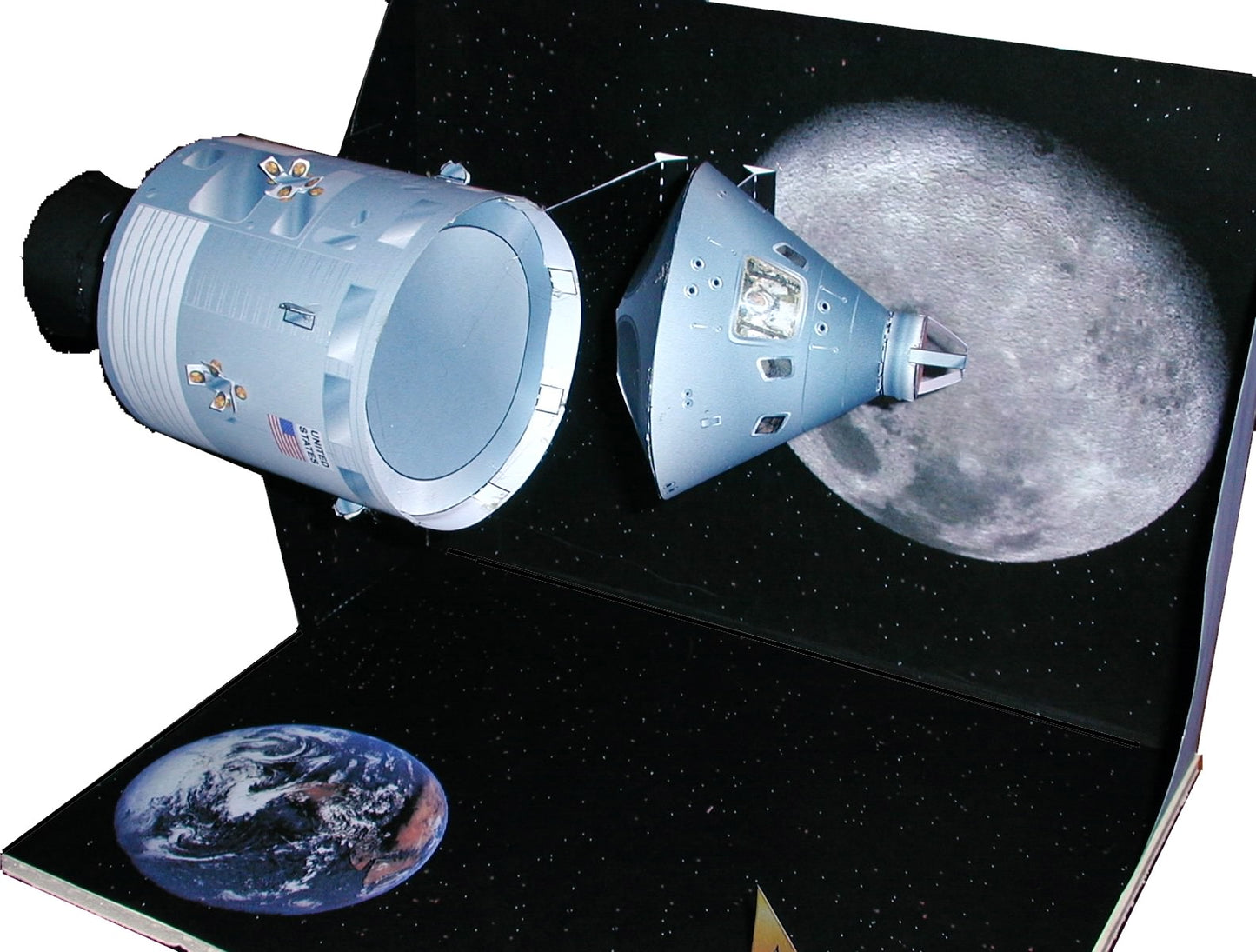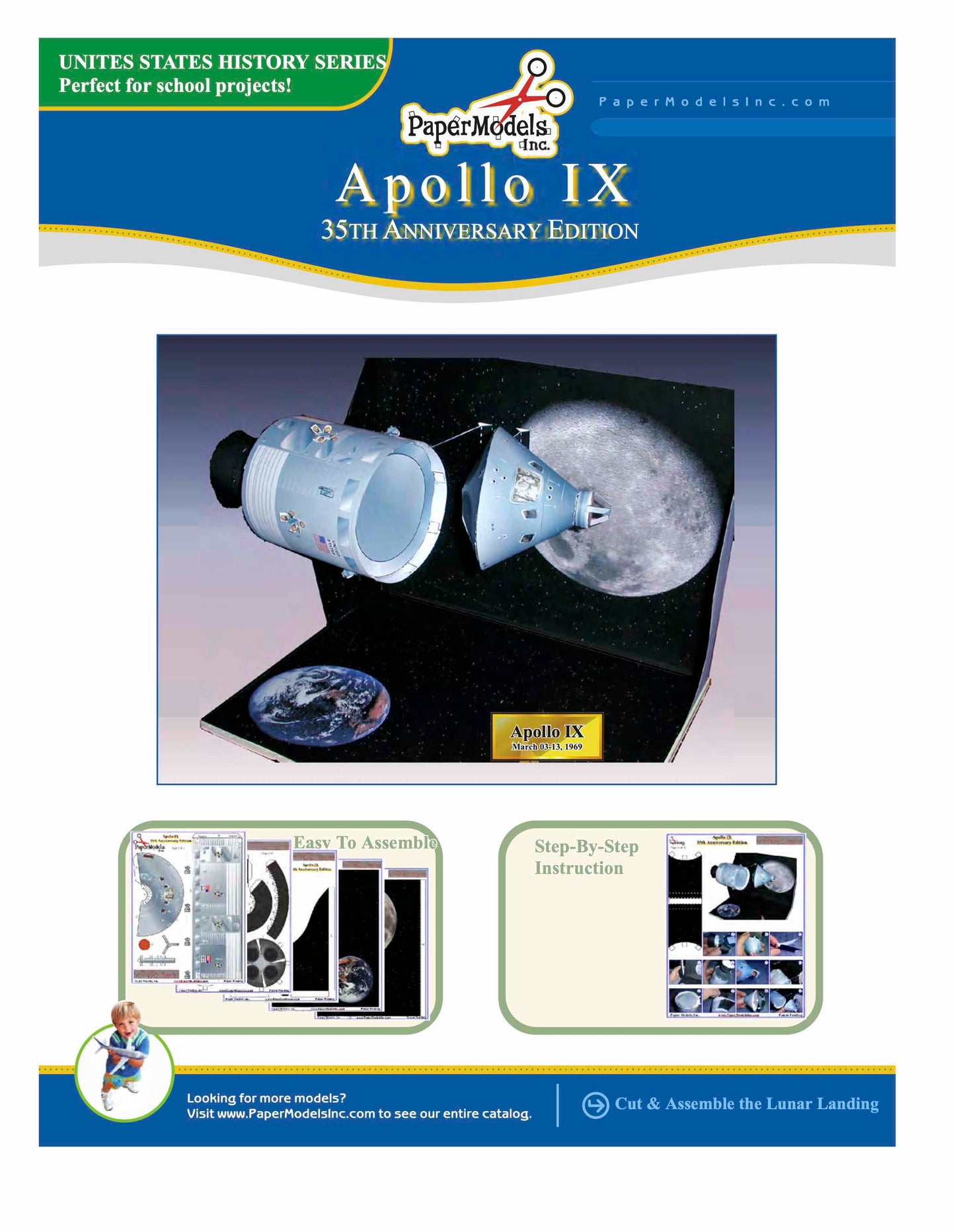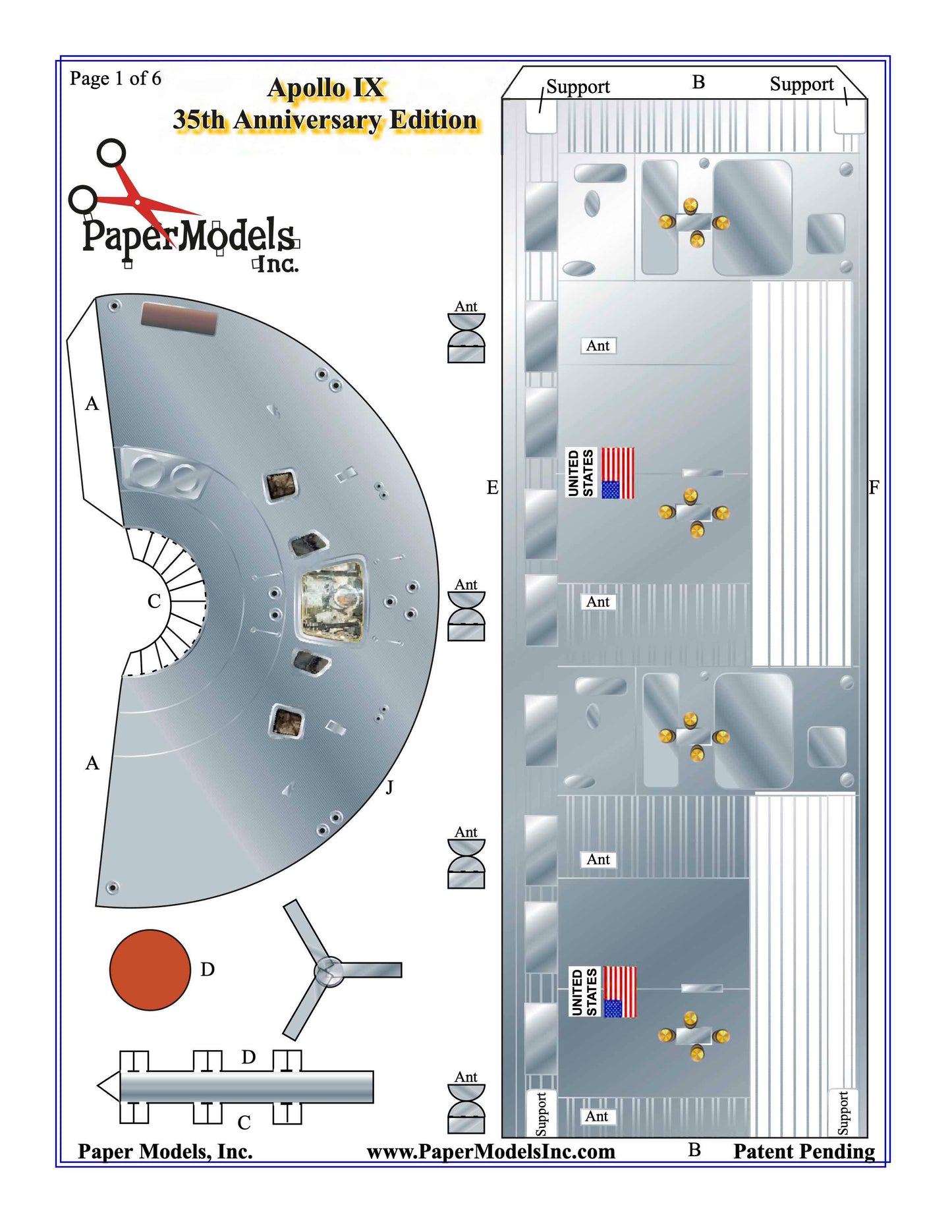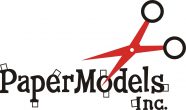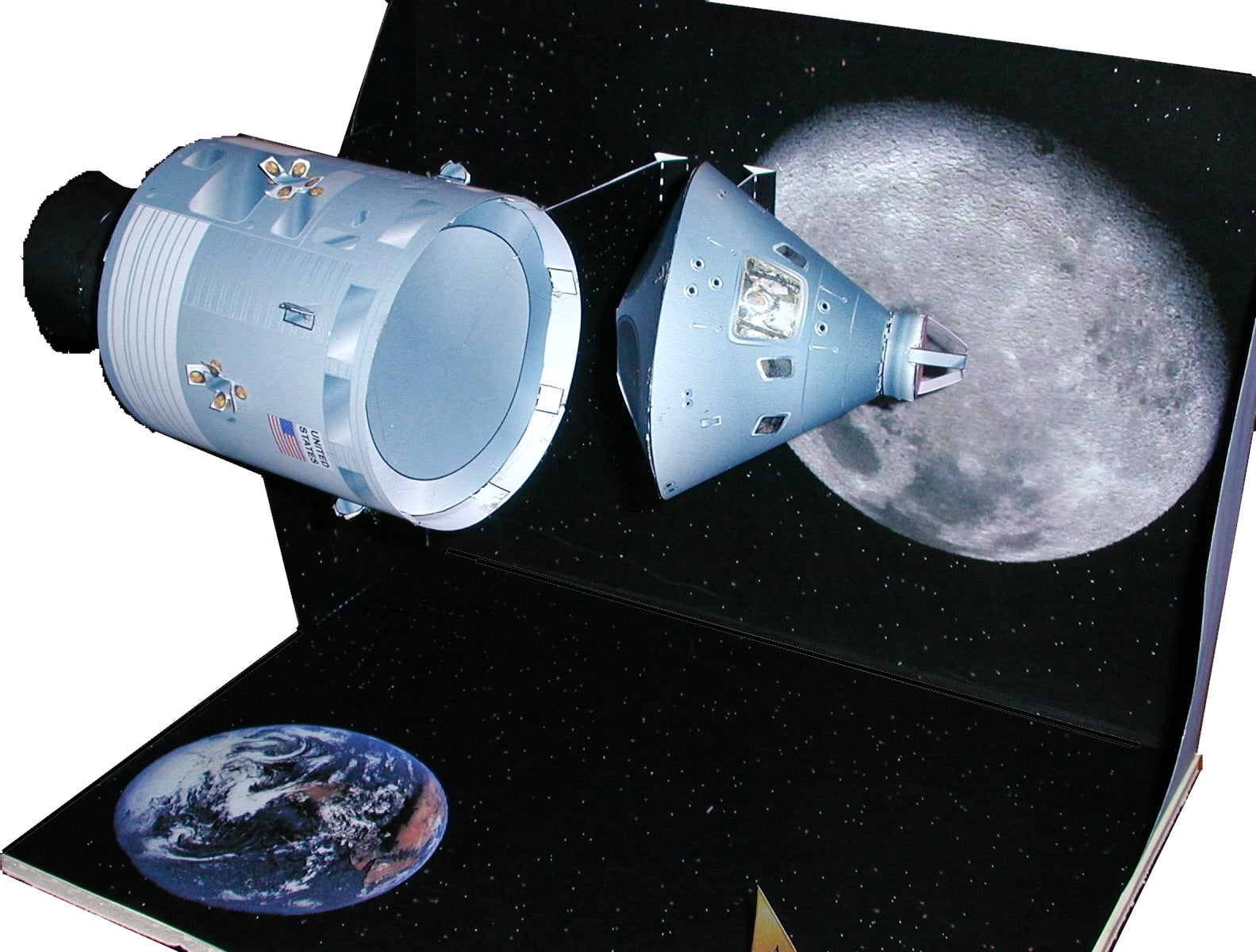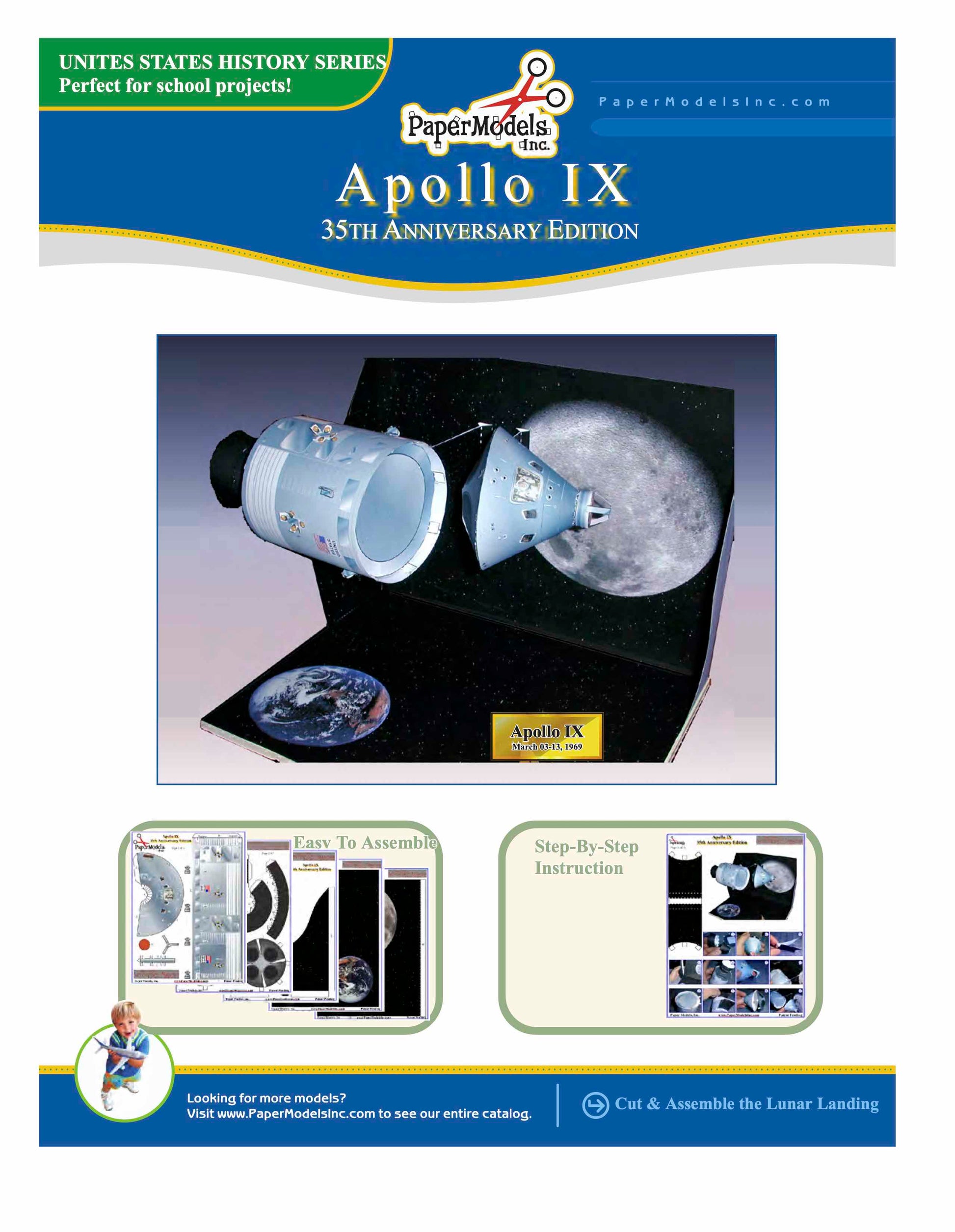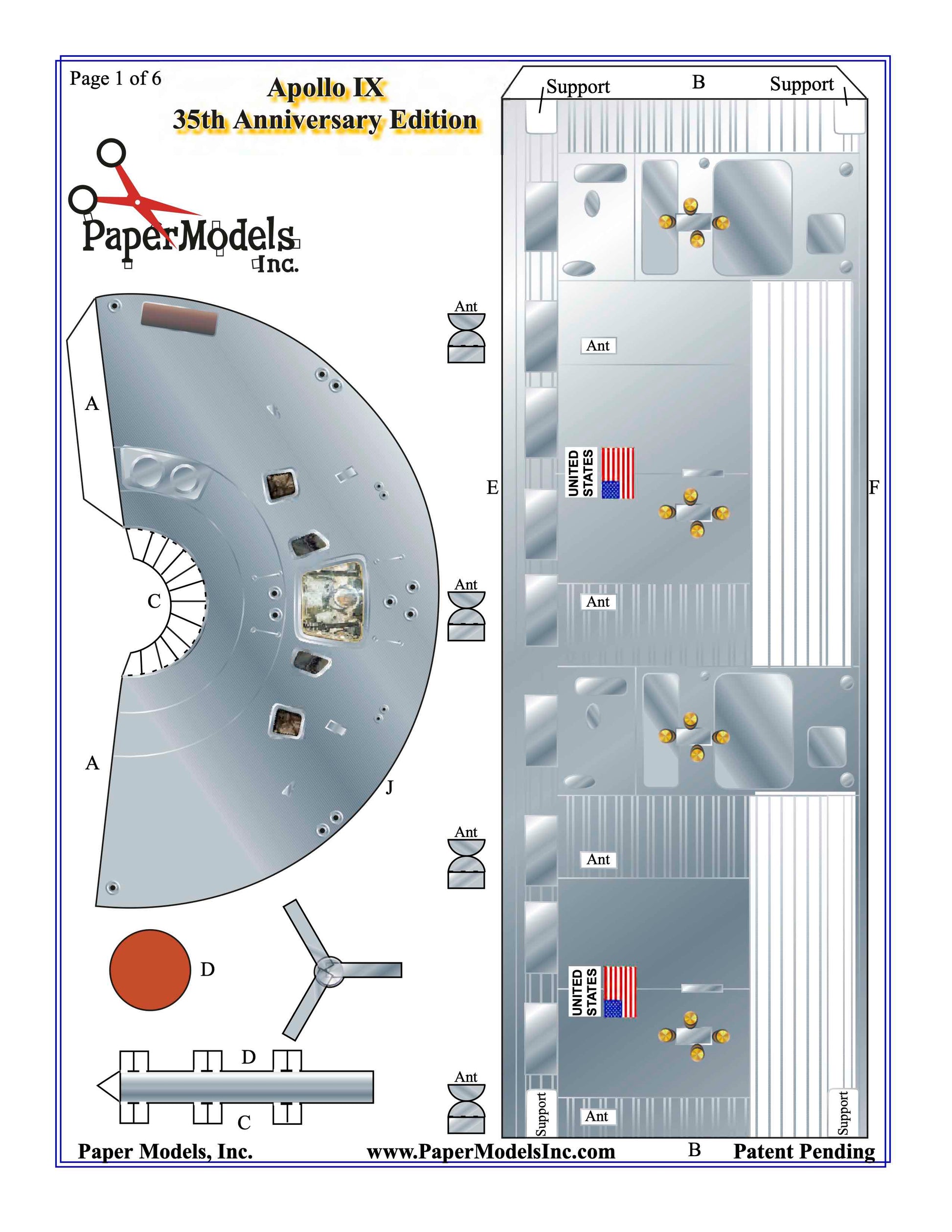Apollo IX NASA Spacecraft - Paper Model Kit
Apollo IX NASA Spacecraft - Paper Model Kit
No se pudo cargar la disponibilidad de retiro
🌟 Welcome to Paper Models Online – Your Shortcut to Academic Excellence! 🌟
Are you tired of stressing over last-minute school projects? Look no further! Paper Models Online is here to make your academic life a breeze.
🚀 Why Choose Us?
At Paper Models Online, we understand the pressure of looming deadlines and the desire for that coveted "A" grade. That's why we've crafted the perfect solution for you! Whether you're a student aiming for extra credit, a parent looking for quality time with your kids, or just someone in need of a break from the chaos, our paper models are your ticket to success!
💻 Instant PDF Download OR Pre-Printed & Shipped
You're in control! Choose from our instant PDF download, starting at just $9.95 for the 7"x10" size or $11.95 for the 10"x13" size.
Print it on your home or office printer using regular paper, or opt for the hassle-free pre-printed option. We'll ship it directly to your doorstep for a flat $5 fee via USPS First-Class Parcel, ensuring you get it in 1-3 days!
✂️ Easy Assembly, Maximum Impact
With just a pair of scissors, some glue, and an hour of your time, you can turn these paper sheets into stunning three-dimensional architectural replicas or complete science projects. The images on our website are real models made from our kits, and we even provide a history to help you craft an impressive report.
🎨 Unleash Your Creativity
Not into mission kits? No worries! Our models double as templates for your creative genius. Paint, trace, adjust sizes—your imagination is the only limit! Create a custom masterpiece that reflects your unique style and personality.
🛒 The Buying Process Made Simple
- Choose Your Size: 7"x10" or 10"x13"
- Choose Your Delivery: Instant PDF download or pre-printed and shipped
- Purchase Your Model: It's that easy!

📦 Typical Kit Sample
Each kit includes 8 to 18 pages, providing everything you need to bring the model to life. An "exploded view" guides you through assembly, and a complimentary history adds that extra touch for your report. Impress your teacher not just with creativity but also with your research skills!
Don't let deadlines stress you out. Choose Paper Models Online for your next school project, and let us be Your Best Way To Get An "A"!
 |
 |
 |
| Exploded View | Sample Pieces | Finished Model |
Free History For Your Report
Apollo IX (9)
Apollo IX (9) was the third crewed mission in the United States Apollo space program, the second to be sent into orbit by a Saturn V rocket, and the first flight of the command and service module (CSM) with the Lunar Module (LM). Flown in Low Earth Orbit, its major purposes were to qualify the LM for lunar orbit operations and to show that the CSM could separate and move well apart, before rendezvousing and docking again, as they would have to do on the lunar landing missions to come.
The three-person crew consisted of Commander James McDivitt, Command Module Pilot David Scott, and Lunar Module Pilot Rusty Schweickart. During the ten-day mission, they tested systems and procedures critical to landing on the Moon, including the LM engines, backpack life support systems, navigation systems, and docking maneuvers.
After launching on March 3, 1969, the crew performed the first crewed flight of a LM, the first docking and extraction of a LM, one two-person spacewalk (EVA), and the second docking of two crewed spacecraft—two months after the Soviets performed a spacewalk crew transfer between Soyuz 4 and Soyuz 5. The mission concluded on March 13 and was a full success. It proved the LM worthy of crewed spaceflight, thus setting the stage for the dress rehearsal for the lunar landing, Apollo 10, before the ultimate goal, landing on the Moon.
Mission Background
McDivitt, Scott and Schweickart train for the AS-205/208 mission in the first block II Command Module, wearing early versions of the block II pressure suit. In April 1966, McDivitt, Scott, and Schweickart were selected by Deke Slayton as the second Apollo crew, as backup to Gus Grissom, Ed White, and Roger Chaffee for the first crewed Earth orbital test flight of the block I command and service module, designated AS-204 expected to fly in late 1966.
This was to be followed by a second block I flight, AS-205, to be crewed by Wally Schirra, Donn Eisele, and Walter Cunningham. The third crewed mission, designated AS-207/208, was planned to fly the block II command module and the lunar module in Earth orbit, launched on separate Saturn IBs, with a crew to be named.
However, delays in the block I CSM development pushed AS-204 into 1967. By December 1966, the original AS-205 mission was cancelled, Schirra's crew was named as Grissom's backup, and McDivitt's crew was promoted to prime crew for the LM test mission, redesignated AS-205/208. On January 26, 1967, they were training for this flight, expected to occur in late 1967, in the first block II Command Module 101 at the North American plant in Downey, California.
The next day, Grissom's crew were conducting a launch-pad test for their planned February 21 mission, which they named Apollo 1, when a fire broke out in the cabin, killing all three men and putting an 18-month hold on the crewed program while the block II command module (CM) and A7L pressure suit were redesigned for safety.
As it turned out, a 1967 launch of AS-205/208 would have been impossible even without the Apollo 1 accident, as problems with the LM delayed its first un-crewed test flight until January 1968. NASA was able to use the 18-month hiatus to catch up with development and un-crewed testing of the LM and the Saturn V launch vehicle.
By October 1967, planning for crewed flights resumed, with Apollo 7 being the first Earth orbit CSM flight (now known as the C mission) in October 1968 given to Schirra's crew, and McDivitt's mission (now known as the D Mission) following as Apollo 8 in December 1968, using a single Saturn V instead of the two Saturn IBs.
This would be followed by a higher Earth orbit flight (E Mission), to be crewed by Frank Borman, Michael Collins, and William Anders in early 1969. However, LM problems again prevented it from being ready for the D mission by December, so NASA officials created another mission for Apollo 8 using the Saturn V to launch only the CSM on the first crewed flight to orbit the Moon, and the E mission was cancelled as unnecessary.
Slayton asked McDivitt and Borman which mission they preferred to fly; McDivitt wanted to fly the LM, while Borman volunteered for the pioneering lunar flight. Therefore, Slayton swapped the crews, and McDivitt's crew flew Apollo 9. The crew swap also affected who would be the first crew to land on the Moon; when the crews for Apollo 8 and 9 were swapped, their backup crews were also swapped. Since the rule of thumb was for backup crews to fly as prime crew three missions later, this put Neil Armstrong's crew (Borman's backup) in position for the first landing mission Apollo 11 instead of Pete Conrad's crew, who made the second landing on Apollo 12.
Copyright © Paper Models, Inc.
Share
